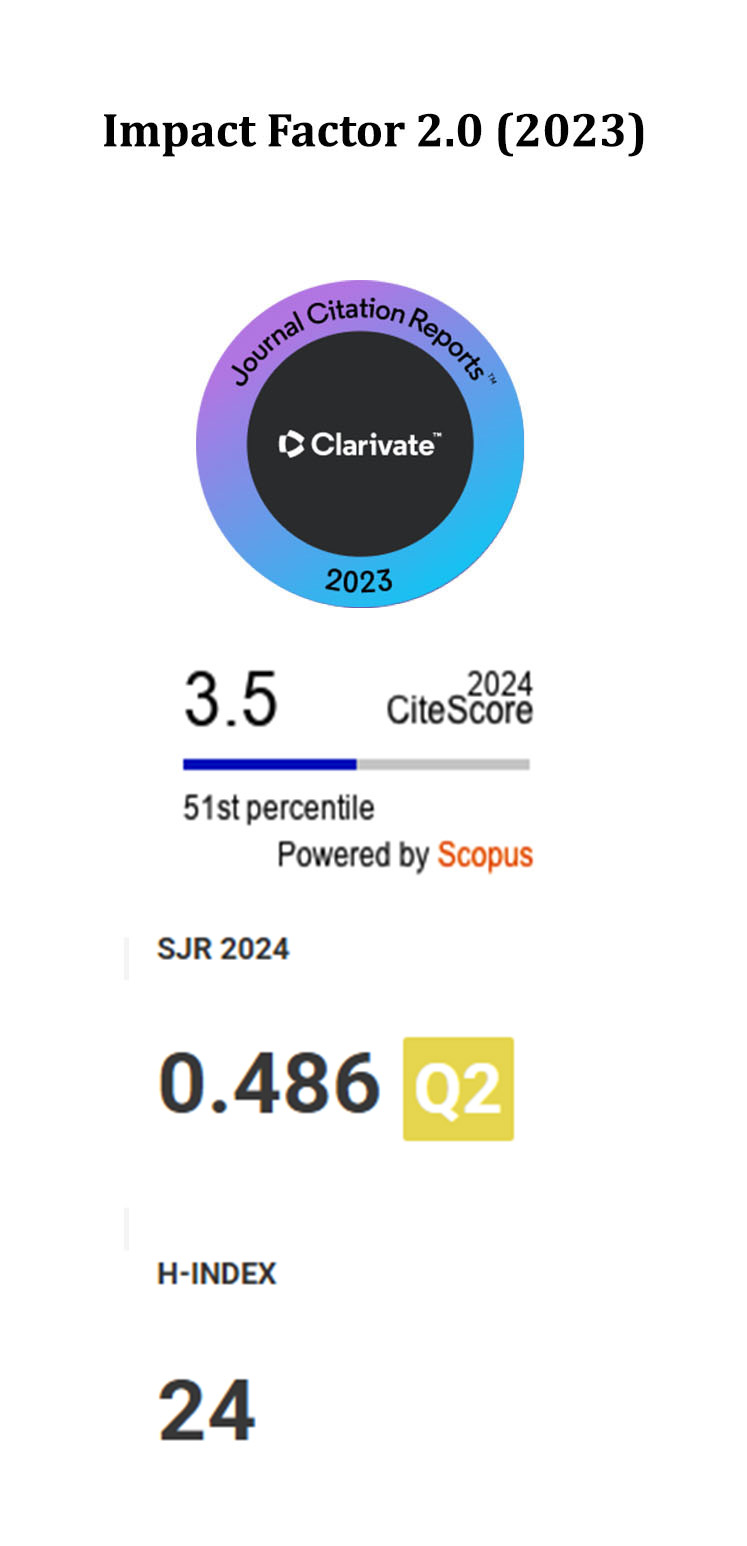Improved Agricultural Machinery Navigation Algorithm Based on Machine Learning and Machine Vision Technology
DOI:
https://doi.org/10.5755/j01.itc.54.2.37912Keywords:
Machine learning, Machine vision, Feature matching, Binocular visionAbstract
The automatic navigation of agricultural machinery is one of the important directions in intelligent agriculture research. To realize the automatic production of agricultural machinery, the automatic planning of the navigation route for agricultural machinery is the key. Considering the complexity of the agricultural production environment, the agricultural machinery navigation model is constructed based on binocular vision technology, and the optimized BP network is used to calibrate the binocular vision model. Considering the difficulty in crop identification by traditional machine vision technology, RGB space technology is used to complete image segmentation and noise processing. The optimized S-RANSAC algorithm is used to extract image features. The experimental results showed that in the multi-algorithm agricultural rice field image feature matching test, the S-RANSAC algorithm accurately identified the color difference, shape difference, and hydrological environment difference of seedlings. In contrast, other algorithms were unable to identify complex environmental features. At the same time, in the complex agricultural environment positioning test, the maximum error of the S-RANSAC algorithm was 4.16m, which was better than 5.17m of SURF and had the best positioning performance. It can be seen that the proposed technology has excellent application effects in practical scenarios, providing important technical references for the intelligent development of agriculture and the innovation of visual navigation technology.
Downloads
Published
Issue
Section
License
Copyright terms are indicated in the Republic of Lithuania Law on Copyright and Related Rights, Articles 4-37.




